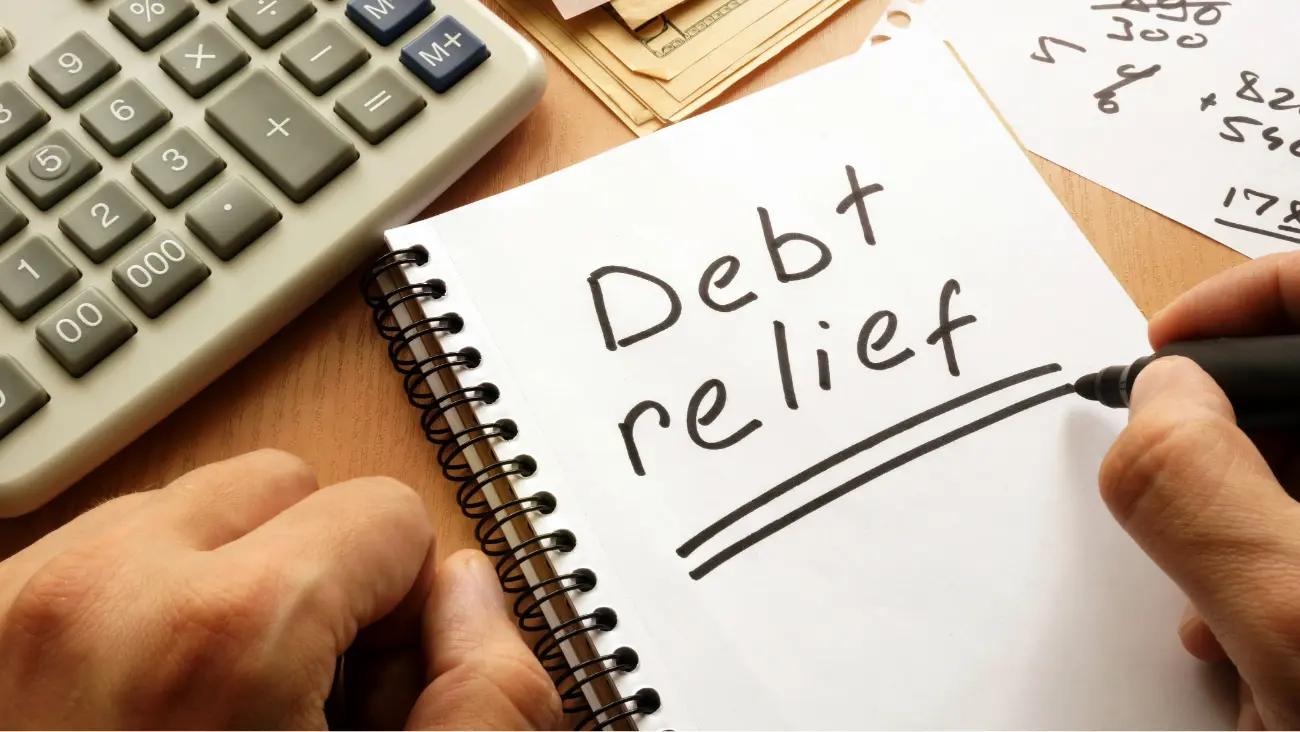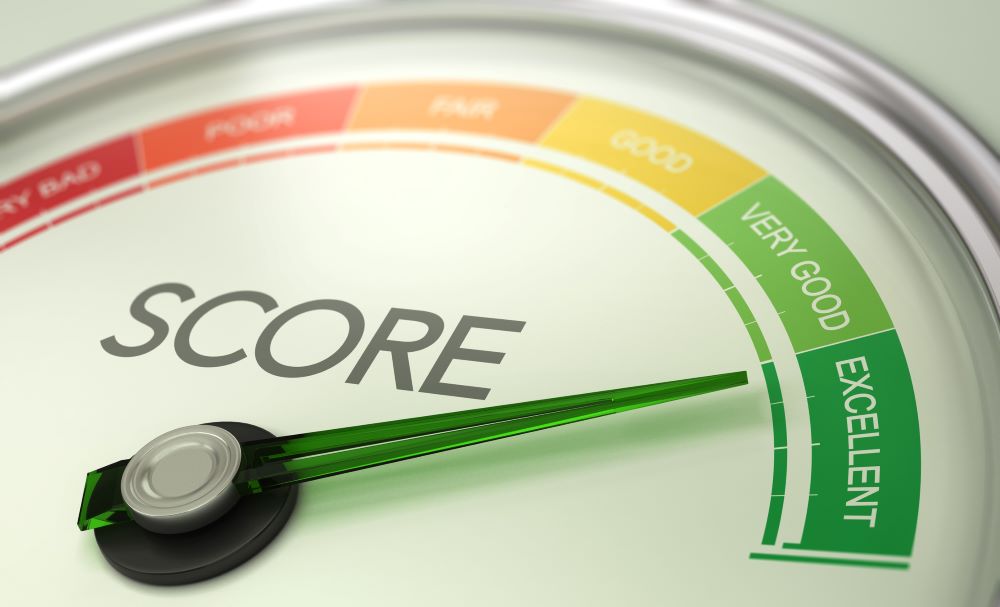Understanding your credit report can be daunting, especially when encountering unknown terms like “tradeline.” However, tradelines play a crucial role in determining your credit score and overall financial health. This guide breaks down what a tradeline is, how it impacts your credit, and what you can do to manage your tradelines effectively.
Key Takeaways:
- A tradeline is a record of credit activities associated with a specific account on your credit report. It plays a crucial role in determining your credit score and overall financial health.
- Tradelines can be categorized into revolving credit (e.g., credit cards) and installment credit (e.g., mortgages, auto loans). Each type has different characteristics and impacts on your credit score.
- Tradelines influence your credit score through factors such as payment history, credit utilization, length of credit history, credit mix, and new credit inquiries.
- Adding positive tradelines to your credit report can benefit your credit score, lead to better loan terms, increase credit limits, and enhance financial opportunities.
What is a Tradeline?
A tradeline is a record of your credit activities associated with a particular account on your credit report. Simply put, each credit account you have – whether it’s a credit card, a mortgage, a loan, etc. – is represented by a tradeline. These tradelines are reported to the three major credit bureaus and are used to generate your credit score.
Breakdown of Tradeline Information
Each tradeline includes several key pieces of information:
- Name of Lender and Borrower: Identifies the lender – the financial institution that provided the credit – and you, the borrower.
- Type of Credit: Specifies whether the account is a credit card, mortgage, auto loan, etc.
- Payment Status: Indicates whether your payments are current, late, or delinquent.
- Account Milestones: Includes your payment history, credit limit, account balance, and more.
- Missed or Overdue Payments: Highlights any missed or late payments, which can negatively impact your credit score.
The information contained in these tradelines is crucial as it helps lenders assess your creditworthiness. A well-managed tradeline can significantly enhance your credit score, leading to better loan approval rates and lower interest rates.
Types of Tradelines
There are two main types of tradelines: revolving tradelines and installment tradelines.
Revolving Tradeline
A revolving tradeline is a credit account that allows you to borrow up to a certain limit and repay it over time, such as a credit card. You can use and repay the credit repeatedly, as long as you stay within the credit limit. The balance on these accounts can fluctuate from month to month based on your spending and repayments.
Example: A credit card has a $5,000 limit, you can spend up to $5,000, repay part or all of it, and then spend again within the limit.
Installment Tradeline
An installment tradeline is a credit account that involves borrowing a fixed amount of money and repaying it in fixed installments over a set period. Common examples include mortgages, auto loans, and student loans. These accounts have a predetermined repayment schedule and term.
Example: A $20,000 auto loan to be repaid over five years in monthly installments.
Impact of Tradelines on Your Credit Scores
Your credit score is influenced by several factors, many of which are derived from the information in your tradelines. Here’s a closer look at how tradelines impact your credit score:
Payment History
Payment history accounts for about 35% of your credit score. It reflects whether you’ve paid your bills on time. Keeping a positive payment history with no late payments is key to a healthy credit score. Your credit score can be significantly affected by missed or late payments.
Credit Utilization
Your credit utilization ratio, or the amount of credit you’re using compared to your credit limit, makes up about 30% of your credit score. Keeping your credit utilization below 30% is recommended. High utilization can indicate risk to lenders and negatively impact your score.
Length of Credit History
The length of your credit history contributes around 15% to your credit score. The oldest account, the newest account, and the average age of all your accounts are all taken into account. Generally, a longer credit history results in a higher credit score.
Credit Mix
Having a diverse mix of credit accounts (credit cards, mortgages, auto loans, etc.) can positively impact your score. This factor accounts for about 10% of your credit score.
New Credit
Your credit score can be negatively impacted by opening several new credit accounts over a short period of time. This factor accounts for about 10% of your credit score and reflects the number of recent credit inquiries and new accounts.
Benefits of Adding Tradelines
Adding positive tradelines to your credit report can have several benefits, including:
- Positively Affecting Credit Scores: Positive tradelines can benefit your credit scores, potentially making it easier to qualify for loans and credit cards.
- Better Loan Terms: Higher credit scores can result in lower interest rates and better loan terms.
- Increased Credit Limits: Lenders may offer less restrictive credit limits to individuals with good credit scores.
- Enhanced Financial Opportunities: A strong credit profile can open doors to better financial opportunities, such as renting an apartment, getting a mortgage, or securing an auto loan.
How to Add Tradelines to Your Credit Report
If you’re interested in adding tradelines to your credit report, here are some steps you can take:
- Become an Authorized User: Becoming an authorized user on a trusted family member or friend’s credit card can help benefit your credit score if they have a positive payment history and low credit utilization.
- Report Utility Payments: Some utility providers offer utility payment reporting. This allows you to report your bill payments as tradelines to the credit bureaus. Consistently paying your utility bills on time can positively impact your credit score.
- Use Rent Payment Reporting Services: Rent payment reporting services can report your rent payments to the credit bureaus, adding positive tradelines to your credit report.
The Effects of Closing Tradelines
Closing a tradeline can have several effects on your credit score and overall credit profile. Here’s what you need to consider:
- Higher Credit Utilization Ratio: Closing a credit account reduces your available credit, which can potentially increase your credit utilization ratio. A credit utilization ratio of more than 30% generally can negatively impact your credit score.
- Shorter Credit History: The age of your accounts contributes to your credit history length. Closing older accounts can potentially lower your credit score by shortening your average account age.
- Credit Mix: Having a mix of credit accounts (credit cards, loans, etc.) positively impacts your score. Closing a tradeline can reduce the diversity of your credit mix.
- Impact on Payment History: While closed accounts with positive payment histories will remain on your credit report for up to 10 years, eventually, they will drop off, which could lower your score if they contributed positively.
Removing Tradelines
If you have weighed the pros and cons and decided to remove a tradeline from your credit report, here are three ways to do it:
- Closing a Credit Account: If you decide to close a credit account, the tradeline associated with it will eventually be removed from your credit report. However, it can take up to 10 years for the tradeline to be deleted entirely. Keep in mind the effects of closing tradelines on your credit score as discussed above.
- Fraudulent Activity: If you discover fraudulent activity on your account, you can request to have the tradeline removed. This can positively impact your credit score.
- Removal as an Authorized User: If you are an authorized user on someone else’s credit card account and are removed from the account, the tradeline will be removed from your credit report within about two months.
FAQs
Here are answers to common questions about credit tradelines.
What is a Tradeline on Your Credit?
A tradeline is a record of your credit activities associated with a specific credit account. It includes information such as the lender’s name, type of credit, payment status, and account milestones. Tradelines are used by credit bureaus to calculate your credit score and assess your creditworthiness.
Are Tradelines Good or Bad?
Tradelines can be both good and bad, depending on how they are managed. Positive tradelines, with a history of on-time payments and low credit utilization, can benefit your credit score and improve your financial opportunities. Negative tradelines, with missed payments or high credit utilization, can negatively affect your credit score.
Do You Have to Pay Tradelines Every Month?
You don’t pay tradelines directly. Instead, you make payments on the credit accounts associated with the tradelines, such as credit card bills, loan installments, or mortgage payments. Keeping up with these payments helps maintain positive tradelines on your credit report.
Does Closing a Tradeline Hurt Your Credit?
Closing a tradeline can impact your credit score in several ways. It can reduce your available credit, which can increase your credit utilization ratio. And it can shorten your credit history, which can lower your credit score. However, if the tradeline is associated with negative information, closing it may have a positive impact in the long term.
Bottom Line
Tradelines are vital in shaping your credit score and overall financial health. Understanding how they work and how to manage them effectively can help you build your credit score and unlock better financial opportunities. Regularly monitoring your credit report and taking steps to add positive tradelines can make a significant difference.
MyScoreIQ provides active credit monitoring to help you stay on top of your FICO® Scores. MyScoreIQ monitors your credit around the clock and alerts you in real time to potentially suspicious activity. Along with credit monitoring, members receive identity theft protection benefits like Social Security number monitoring, dark web monitoring, and more. Start protecting your credit and identity today with MyScoreIQ.











